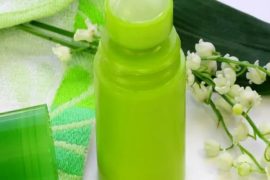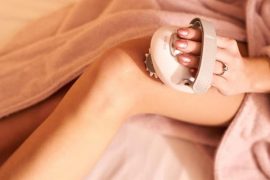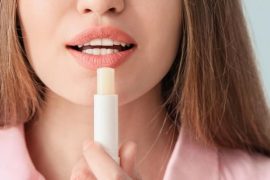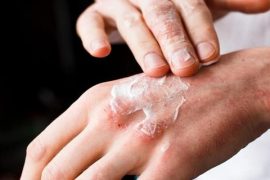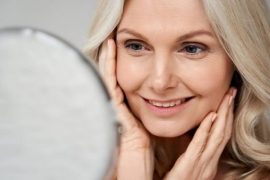Eczema on the face can be a symptom of an allergic, atomic or other disease, or a way of the skin reacting to intolerable external or internal factors. It can be of varying severity.
How to determine it and how to deal with it? What does eczema look like on the face? The first symptom of acute eczema (eczema) is Eritrea, resulting from vasodilation. The next step is the formation of edema, which can lead to the formation of lumps and blisters. Exude may also occur. If eczema on the face takes a chronic form, dry, thickened skin with a tendency to peeling is recognized. Eczema can then affect the forehead and cheeks; a characteristic symptom is swelling of the eyelids. Very often, with eczema on the face, eczema on the hands also develops.
How does eczema manifest? A characteristic symptom of eczema is constant itching, which leads to scratches and erosion. It also threatens to get an infection. Over time, eczema on the face leads to thickening of the skin. A negative consequence is also a clear aging, as a result of which people who struggle with eczema look older than they really are. Unfortunately, eczema, even one-off, can lead to discoloration and discoloration of the skin, which can last several weeks.
What can cause eczema on the face?
Eczema of the face can occur as a result of an allergic reaction. Classical contact allergy leads to changes not only within the allergic factor over time. It should be remembered that eliminating the factor causing eczema does not lead to immediate improvement. Sensitizing substances are often:
- substances used in creams and cosmetics (mainly preservatives),
- perfumes (also in soap, gels),
- hair dyes,
- toothpastes (flavoring agents),
- acrylates in eyeglass frames,
- topical antihistamines (often allergic !),
- therefore, doctors recommend choosing oral antihistamines,
- chromium (for example, contained in cement),
- paint, adhesives, nail polishes (santolin) – often gives reactions in the eyelids and neck, some plants (for example, with cartoons), dyes lanolin (VST is spoken in some medicines) cobalt and nickel (jewelry made of white gold, nickel can make up to 15% of the alloy), even when wearing the ring, changes may appear on the face or in the bends of the elbow, not necessarily on the arm,
- dental fillings (cobalt),
- metal buttons or zippers on clothing,
- formaldehyde is used to reduce the folds of clothing that can be washed by sweat,
- which can cause irritation,
- rubber face masks and bathing caps.
How is eczema on the face treated?
Treatment of eczema on the face should begin with an explanation of the cause of the problems. This is not easy; it often resembles a detective investigation. The basis is a visit to a dermatologist, a detailed interview and patches.
Patch tests are tests that stick a special patch with potential allergens on the back and leave for 48 hours. Two days later, the doctor makes the first determination. The next is in a day. Unfortunately, there may be thousands of potential allergens, and patch testing includes only a few. If you find the culprit, you can use the method to avoid it in the future.
Unfortunately, in most cases it is very difficult to identify the culprit, therefore symptomatic treatment is the only way out. The most important is the use of emollients, which lubricate and restore the surface of the skin damaged by eczema.
Doctors do NOT recommend the use of steroids on the face due to the high risk of complications. Non-steroidal anti-inflammatory face creams are recommended.



